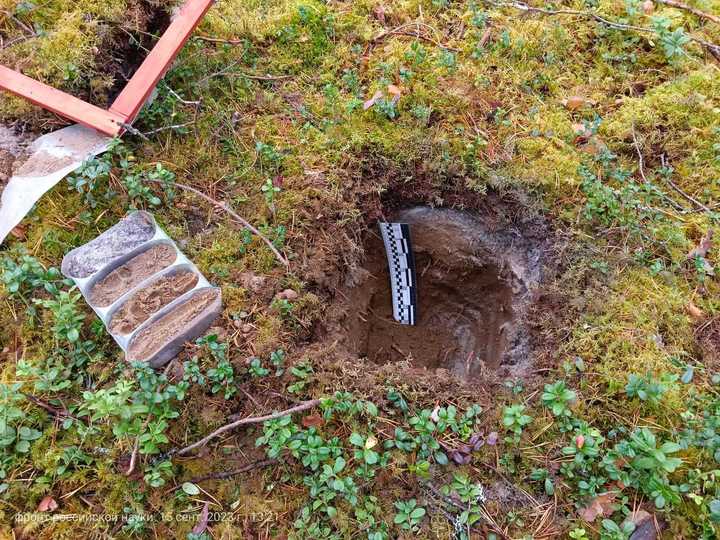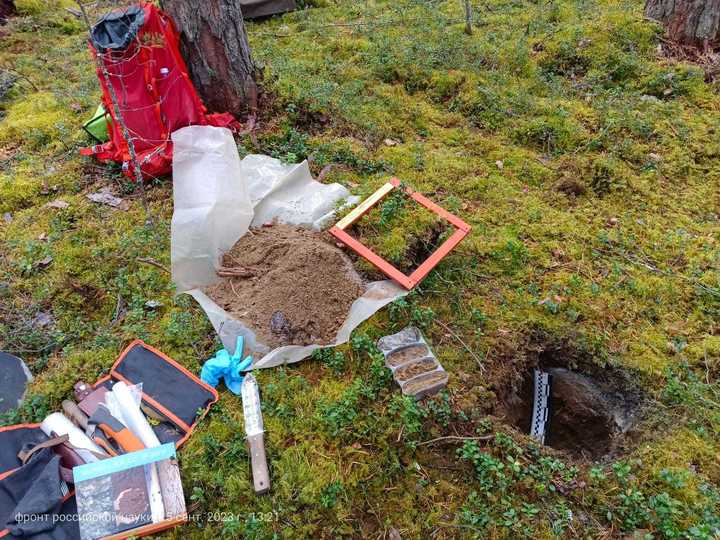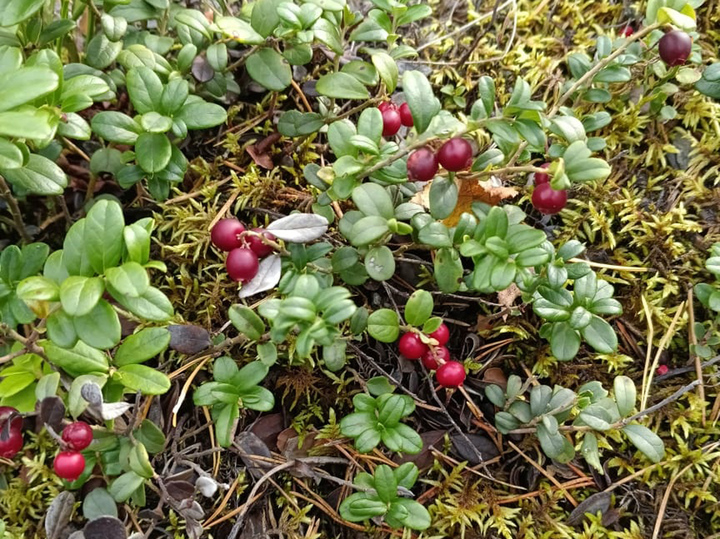Russian scientists began drilling trees to look for carbon footprints
[ad_1]
At the Karelian Scientific Center of the Russian Academy of Sciences, according to its head, corresponding member of the Russian Academy of Sciences Olga Bakhmet, research on carbon content in forest ecosystems has been carried out for a long time: scientists are studying what factors influence the accumulation or, conversely, the emission (emission) of carbon into the atmosphere, how they influence This process involves cutting down trees, land reclamation, that is, draining swamps, and other factors.
– For a long time we have been studying these questions, primarily to understand the transformations occurring in nature: how carbon compounds come from the atmosphere and accumulate in plants, and how, in general, the migration of substances from plants (trees, shrubs, grasses, mosses, etc.) into the soil occurs , groundwater,” says Olga Nikolaevna. – But recently, there has been a public demand for counting carbon units, calculating its accumulation and release into the atmosphere (carbon dioxide is one of the main greenhouse gases) associated with climate change. Our Kivach Nature Reserve has become one of five test sites for testing international methods for calculating carbon in the pine forests that dominate our territory. Broad-leaved forests in this regard are being studied in the Nizhny Novgorod region, spruce forests in the Komi Republic, and there are two more testing sites in the steppe zone and in swamps.
Help “MK”. A carbon polygon is an area occupied by various ecosystems (forest, swamp, steppe, etc.), where experimental sites are created to calculate the concentration of greenhouse gases to assess their emissions (emissions) or their deposition (binding) under certain conditions.
Russia ranks first in the world in terms of area occupied by forests – 46.6% of the country’s territory. That is, in theory, it sequesters more carbon than it emits. And yet, in 1994, our government signed the UN Framework Convention on Climate Change, that is, it committed itself to limiting emissions of climate-affecting greenhouse gases.
“In our country, huge areas are occupied by forests and swamps, which actively accumulate and deposit CO2,” says Olga Bakhmet. “However, in order for the international community to credit us with such a “retrospective” fixation, we need specific numbers of units of carbon emitted by enterprises and, conversely, retained in natural areas. Moreover, measuring the content of CO2 deposited in forests and swamps should be based on international methods. This is what we are working on now in our territories. We must prove to the world community that our country has good conditions for carbon sequestration, otherwise, given the emissions of this greenhouse gas from enterprises and forest fires, we may face serious fines for the disproportionate difference between CO2 emissions and absorption.
* * *
So, we are at one of the test sites where scientists are working out the very methodology for calculating carbon. This is an area of protected forest with an area of four square kilometers. It is indicative – pine trees have not been cut down here for the last 180-200 years, which is very valuable for carbon conservation.
We go with the director of the Forest Institute of the Karelian Research Center of the Russian Academy of Sciences Alexander Kryshen, the chief researcher of this institute, Doctor of Biological Sciences Natalya Galibina and senior researcher, Candidate of Biological Sciences Gulnara Akhmetova to one of the 30 areas of the test site measuring 50 by 50 meters.
“We tried to choose sites without swamps, rivers, or roads,” explains Alexander Kryshen. “We are interested in four main carbon pools: soil, which, according to preliminary data, retains up to 50 percent of carbon, living trees, living ground cover (moss, lingonberries, blueberries) and dead wood – dead wood or fallen trees.

The first thing that catches your eye on the site are the marks on the trees: horizontal stripes drawn with paint.
“These are places where we measure the diameter of tree trunks, which we take at a height of 1.3 meters from the base of the trunk, so that after a certain time we can see how much the tree has grown in diameter,” explains Natalya Galibina.
– And what conclusions do you draw, knowing the diameter of the trunk?
– In addition to the diameter, the height of the tree is also measured. Then, using special formulas, we calculate the volume of stem wood. Then, knowing its density and carbon content, it will be possible to calculate the carbon reserve on our entire experimental site.
We walk further into the forest and, not noticing the protective red ribbon, almost fall into a hole (dig). Next to it are various measuring instruments.
“With the help of such digging, we study our main carbon pool – the soil,” explains Gulnara Akhmetova. – We take soil samples for carbon content along horizons, these are layers of soil located one above the other.
– In which soil layer does carbon accumulate the most?
– In the upper one, which is called litter, and is formed from dead roots, grasses, moss and other plant debris.

The living ground cover itself – grasses, lingonberry bushes, blueberries, lichens – is studied separately by biologists. From an area of 25 by 25 centimeters, they collect all the plants, including branches and dry leaves, and take them to the institute’s analytical laboratory. There, all this is dried, divided into fractions and the carbon and nitrogen content is determined using a CHN analyzer. The content of substances in parts of living and dead wood is analyzed in approximately the same way.
“As part of our testing site, we, among other things, study the transport of carbon through the conductive tissues of the trunk into the soil,” says Natalya Galibina. – It is important to understand how much of it per unit of time passes into the soil, into the roots, what speeds of this process are characteristic of each tree species.
To assess the conductivity of phloem (vascular plant tissue), the water potential of the tree is also important. To study it, specialists from the Forest Institute climb to the crown of pine trees three times every season to cut off its upper branches. They use real climbing equipment for this, because some trees reach the height of a 10-story building!

And finally, another methodological approach is to assess the ratio of heartwood (dead) and sapwood (living) wood in a tree trunk.
“To do this, we take the core with a drill with a diameter of 5 millimeters,” explains Galibina. – The inner part of the core is heartwood and contains more carbon. This information will be used to accurately calculate the carbon content of wood and the forest community as a whole.
The obtained data on the carbon stock in the main components of the ecosystem at the test site, as in Karelia, will be used in the future to develop research methods in similar areas in other regions of the country. In total, it is planned to create more than 1,300 testing grounds of various levels in Russia. By collecting information from all of them and using mathematical models, scientists will be able to make predictions about how the situation with carbon accumulation in forests, swamps and steppes will develop in the future.
[ad_2]
Source link








